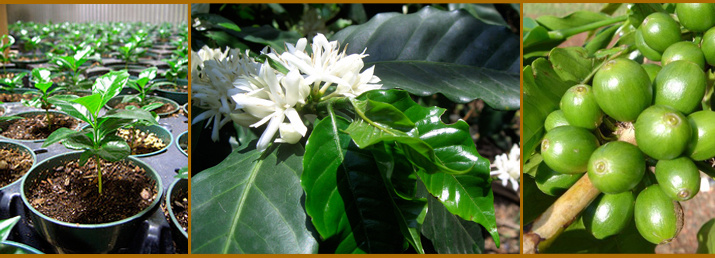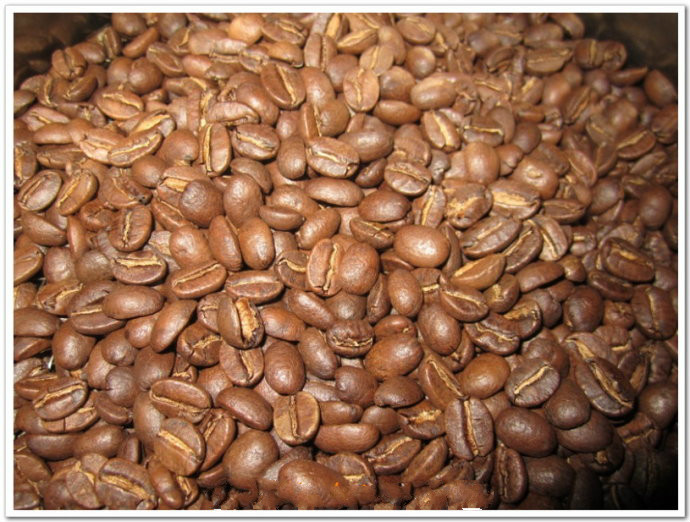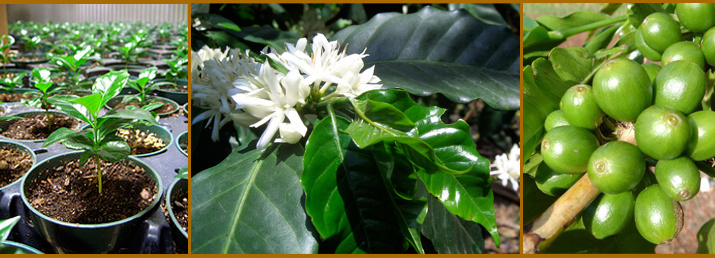African boutique coffee farm Yemeni mocha coffee beans are smaller than most coffee beans
Yemen
Coffee beans from coffee hometown.
Before the 6th century AD, Yemen was called Arabia, so coffee trees shipped from Yemen to other places were also called Arabian coffee trees. But the origin of these trees is Ethiopia, and the Dutch spread these coffee trees around the world. Dutch businessmen sailing eastward around the Cape of good Hope (The Cape Of Good Hope) travel across the east coast of Africa to the port of Mocha in Yemen before they begin their long trek to India. In 1696, the Dutch introduced coffee trees to Ceylon (now Sri Lanka) and then to Batavia in Java.
Mocha beans are smaller and rounder than most, which makes mocha beans look like peas-in fact, bean-shaped berry coffee beans (Peaberrybean) are sometimes called mocha beans. Mocha beans are similar in shape to Ethiopia's Harrar coffee beans, with small particles, high acidity and a strange and indescribable spicy flavor. Taste carefully, but also can distinguish a little chocolate flavor, so the attempt to add chocolate to coffee is a very natural process of development.
In Yemen, coffee growers plant poplars to provide shade for coffee to grow. As in the past, these trees are planted on steep terraces to maximize the use of less rainfall and limited soil resources. In addition to the Tippika Coffee Tree and the Bourbon Coffee Tree, more than a dozen different coffee species native to Ethiopia are grown in Yemen. However, even the best coffee, such as premium mocha, is air-dried and the peel is connected to the beans. Until now, Yemen often uses traditional stone mills to remove dry and hard shells, which makes the shape of coffee beans very irregular and often damages them.
Despite the high quality and smooth aroma of Yemeni coffee, there is something unsatisfactory, that is, the quality can not be continuously guaranteed, and the classification of its coffee beans is uncertain. Traditionally, the best coffee beans in Yemen come from Mattari, followed by Sharki, followed by Sanani. These beans are low in caffeine and are eaten from December to April of the following year. The problem in the past has been that coffee from the north was mixed with shoddy stuff before it was shipped from the southern port of Aden. Only coffee shipped from the port of Hodeida can be determined to be genuine from the north. The vast majority of Yemeni coffee is grown in natural conditions, mainly due to the lack of funds for growers.

Important Notice :
前街咖啡 FrontStreet Coffee has moved to new addredd:
FrontStreet Coffee Address: 315,Donghua East Road,GuangZhou
Tel:020 38364473
- Prev

USAID will join Nespresso's lineup to assist coffee farmers in South Sudan
The Republic of Sudan is a country located in northeast Africa and on the west coast of the Red Sea. It is bordered by Egypt to the north, Libya, Chad and the Central African Republic to the west, South Sudan to the south and Ethiopia and Eritrea to the east. The northeast is bordered by the Red Sea, with a coastline of about 720 kilometers, making it the third largest country in Africa and the 16th largest country in the world. Sudan has been ranked as the worst in the world by the list of failed states.
- Next

The best coffee in Uganda is mainly produced in the Elgonne Mountains and Bugisu on the northern border of Nigeria.
In Uganda (Uganda), Arabica coffee beans account for only 10 per cent of the country's total coffee production, but it is enough to attract attention. The best coffee in Uganda is mainly produced in the mountains of Elgon and Bugisu along the Kenyan border in the north and Ruwensori in the west. Coffee is served in January or February of each year.
Related
- Does Rose Summer choose Blue, Green or Red? Detailed explanation of Rose Summer Coffee plots and Classification in Panamanian Jade Manor
- What is the difference between the origin, producing area, processing plant, cooperative and manor of coffee beans?
- How fine does the espresso powder fit? how to grind the espresso?
- Sca coffee roasting degree color card coffee roasting degree 8 roasting color values what do you mean?
- The practice of lattes: how to make lattes at home
- Introduction to Indonesian Fine Coffee beans-- Java Coffee producing area of Indonesian Arabica Coffee
- How much will the flavor of light and medium roasted rose summer be expressed? What baking level is rose summer suitable for?
- Introduction to the characteristics of washing, sun-drying or wet-planing coffee commonly used in Mantenin, Indonesia
- Price characteristics of Arabica Coffee Bean Starbucks introduction to Manning Coffee Bean Taste producing area Variety Manor
- What is the authentic Yega flavor? What are the flavor characteristics of the really excellent Yejasuffi coffee beans?

